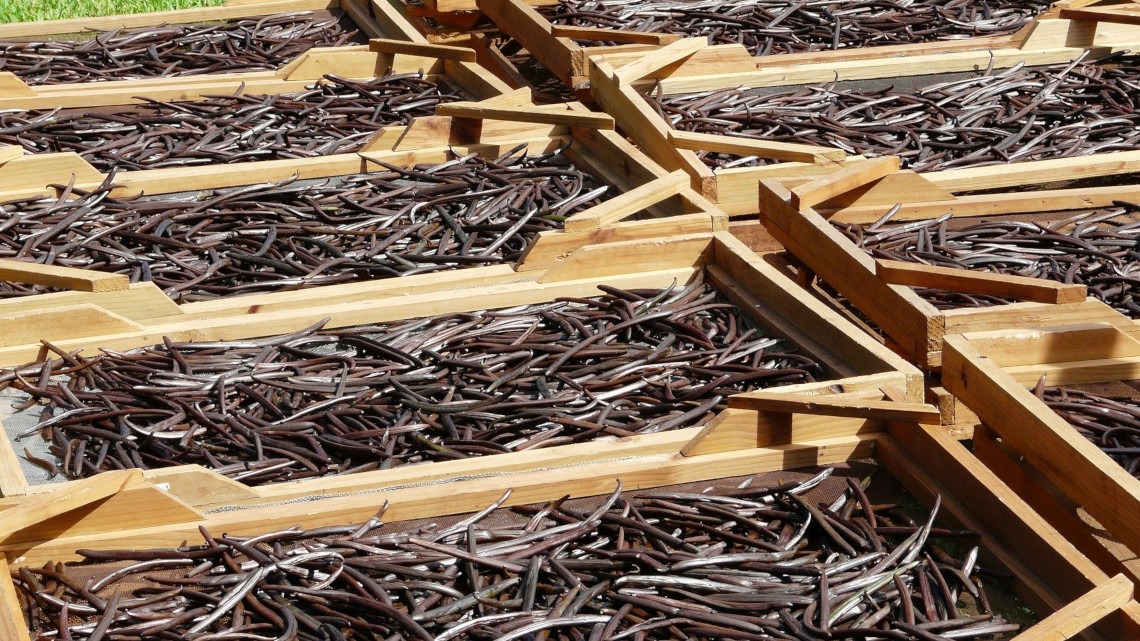Vanilla aroma from lignin
Through electrolysis, chemists in Mainz have succeeded in producing high-quality vanillin from lignin.

Vanillin gives the vanilla bean its characteristic flavor. It is one of the most frequently used flavoring substances in food and perfume production, but also in the production of pharmaceuticals. Several tens of thousands of tons are used annually. Until now, however, artificially produced vanillin has been made from petroleum, creating toxic waste. Researchers at the Johannes Gutenberg University in Mainz (JGU) have now succeeded in developing a sustainable method for obtaining the coveted aroma substance. A team led by Siegfried Waldvogel used the biopolymer lignin - a wood component that is produced in large quantities as a residual material in the production of cellulose in the paper industry.
High quality and natural
The researchers added lignin into caustic soda, heated the mixture to 160 degrees Celsius, and energized it in a simple electrolysis cell using nickel electrodes. During electrolysis, the lignin was oxidized and decomposed, producing vanillin. As the team reports in the trade journal ACS Sustainable Chemistry & Engineering, the flavoring agent is of such high quality that it can be declared as "natural vanillin". "After years of intensive research, we have achieved a real breakthrough," says Waldvogel.
Sustainable and economical
Vanillin is obtained in various ways. It can be extracted directly from the vanilla bean or biotechnologically from ferulic acid using microorganisms. There is also vanillin, which is already extracted chemically-synthetically from lignin. However, the researchers from Mainz are convinced that their method for obtaining vanillin is significantly better because it does not produce toxic waste. Economically, the method is superior to the previous one, the scientists write. "Because our method has a vanillin yield of approximately four per cent of the lignin used, it could theoretically very easily cover the worldwide demand for vanillin," said Waldvogel. Conversations with industrial partners are already in progress.
Pilot plant planned in Norway
As part of the EU project Liberate, the Mainz researchers now want to set up a pilot plant in Norway and test the novel process on a larger scale.


